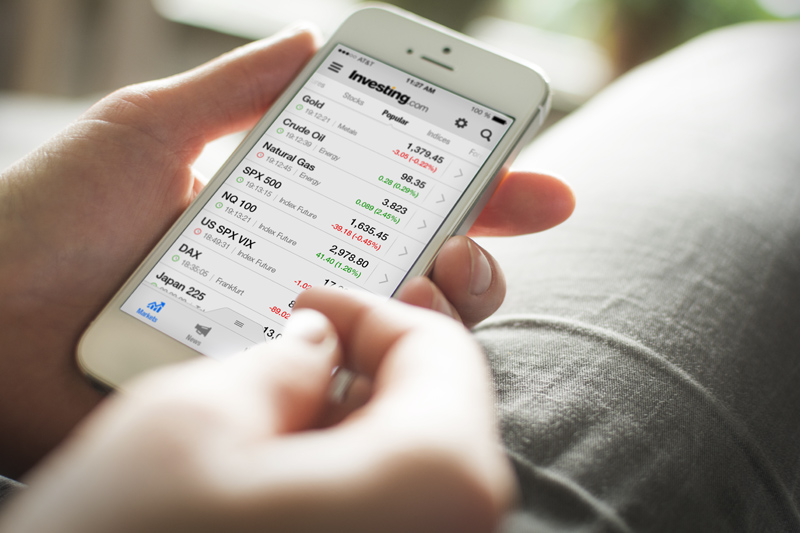(Bloomberg) -- Christopher Waller on Thursday became the latest Federal Reserve governor to try and dampen expectations for central bank action to curb rising prices that he sees as “temporary.”
Waller, the third governor to speak this week, said that while inflation above the Fed’s 2% goal may last through 2022, it’s unlikely to be sustained. The comments echo those by Lael Brainard on Tuesday and Vice Chair Richard Clarida on Wednesday as Americans vex over rising prices. Several regional Fed presidents have delivered a similar message, including Richmond’s Thomas Barkin earlier on Thursday.
“Despite the unexpectedly high CPI inflation report yesterday, the factors putting upward pressure on inflation are temporary, and an accommodative monetary policy continues to have an important role to play in supporting the recovery,” Waller told a virtual event hosted by the Global Interdependence Center. “We will not overreact to temporary overshoots of inflation.”
Fed officials want to drive home the message that inflation spikes are transitory to counter criticism their ultra-easy monetary policy is making matters worse, as concern mounts on both Wall Street and Main Street. A report Wednesday showed consumer prices rose in April by the most since 2009. Prices paid to U.S. producers also increased by more than forecast last month.
Officials will need to see several more months of economic data -- including the May and June labor-market figures -- before being able to fully judge the strength of the recovery, Waller said. That suggests it would be premature to discuss scaling back the Fed’s massive bond-purchase program at its June 15-16 meeting, in his view. The June employment report is released July 2.
“The May and June jobs report may reveal that April was an outlier, but we need to see that first before we start thinking about adjusting our policy stance,” Waller said, referring to the weaker-than-expected employment data last month.
Waller listed six things contributing to higher inflation readings: Base effects, or the comparison of prices this year to last year’s pandemic-depressed readings, higher energy costs, fiscal stimulus, spending of accumulated savings, supply bottlenecks and increased demand for workers, which is driving up wages.
These will pressure price growth to rise above the Fed’s 2% goal this year and next year, Waller said, but inflation will return to target after that. He said inflation could reach 2.25% to 2.5% in 2021 and 2022, though sustained monthly surges to 4% would be a concern.
The median Fed forecast calls for prices to rise to 2.4% this year as the economy reopens and pandemic concerns recede amid widening vaccine distribution. Policy makers see inflation falling back to their 2% goal next year.
The Fed is backing its forecast to justify ultra-easy monetary policy that projects interest rates near zero through 2023, plus a vow to maintain asset purchases at $120 billion a month until it sees “substantial further progress” on employment and inflation.
Taper Talk
But price increases have some investors betting that the Fed will need to scale back its bond buying sooner rather than later. Chair Jerome Powell and his colleagues have said it’s too early to start talking about tapering.
The economy has shown signs of a strengthening recovery in recent months, but some data have disappointed. Employers added 266,000 jobs in April, far short of the nearly 1 million increase expected by economists, data on Friday showed. Fed officials have said they are looking for multiple months of strong data when evaluating the trajectory of the recovery.
“We have said our policy actions are outcome-based, which means we need to see more data confirming the economy has made substantial further progress before we adjust our policy stance, because sometimes the data does not conform to expectations, as we saw last Friday,” Waller said.
Waller said that several measures of employment are still depressed, namely the unemployment rates for Black and Hispanic workers, and the percentage of the population that is employed. But other indicators are back to normal: Job openings and the quits rate.
“The economy is ripping, it is going gangbusters,” Waller said. “But we need to remember that it is coming out of a deep hole, and we are just getting back to where we were pre-pandemic.”
(Updates with more details starting in fourth paragraph.)
©2021 Bloomberg L.P.
